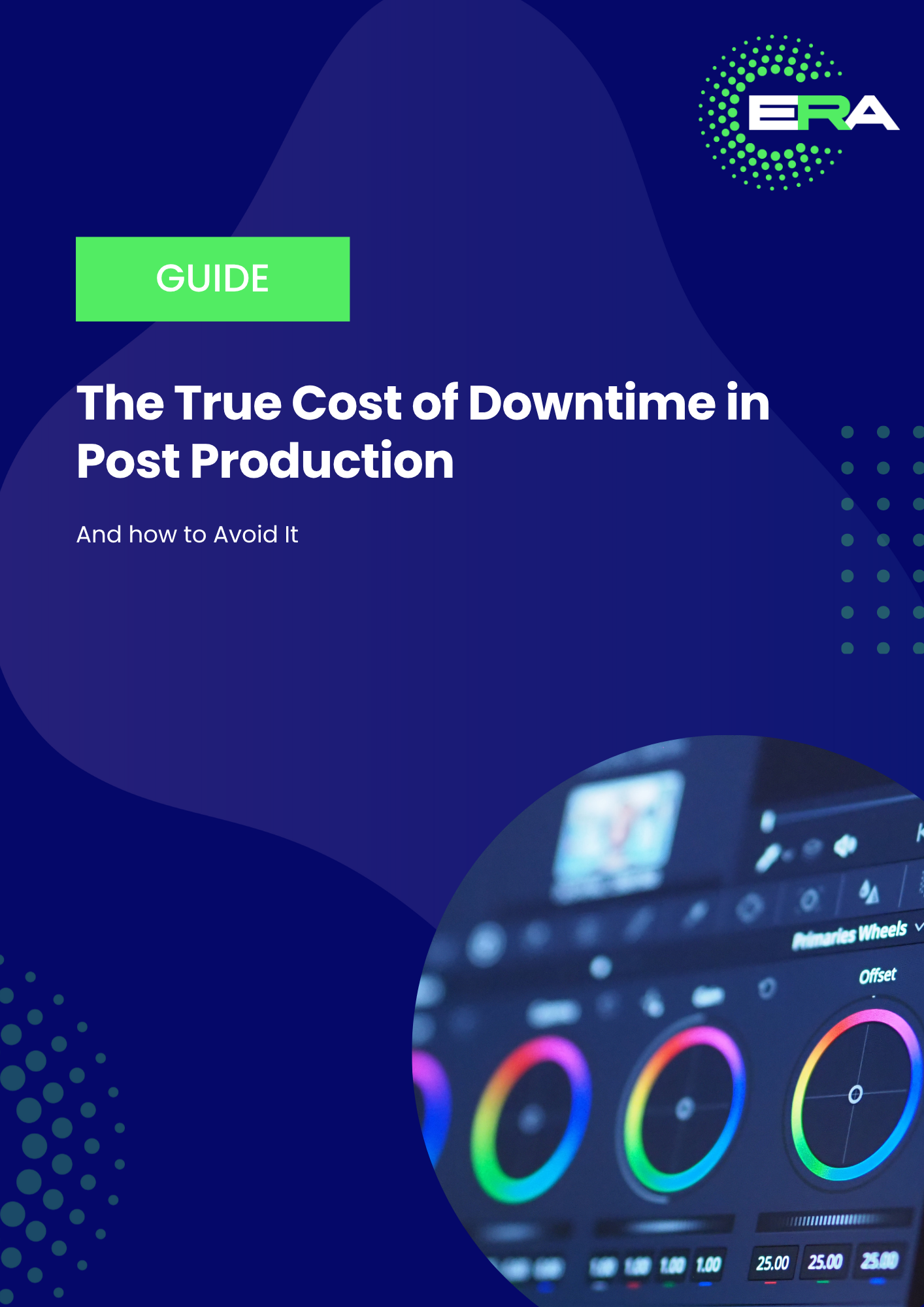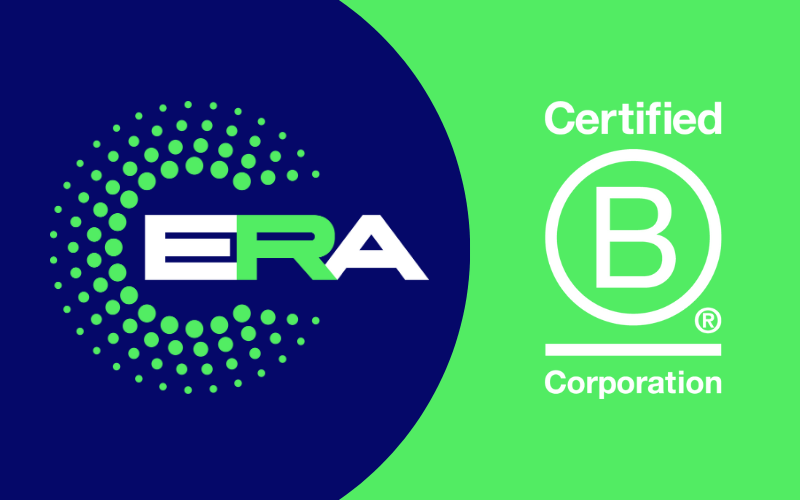Businesses of all sizes are increasingly relying on cloud computing to meet their IT needs. However, with multiple options available — public cloud, private cloud, and do-it-yourself (DIY) infrastructure, choosing the right approach can be challenging.
Each option has its own advantages and drawbacks, and the best choice depends on your organisation’s specific needs, budget, and strategic goals.
Differences between public cloud, private cloud and DIY solutions
To guide your decision making on cloud infrastructure options, let’s explore each type and offer some cloud computing comparisons. In summary, public clouds utilise shared infrastructure while private clouds utilise an organisations own infrastructure and private clouds from a third-party provider offer dedicated resources managed externally.
What is Public Cloud?
The public cloud refers to cloud services offered by third-party cloud service providers such as Amazon Web Services (AWS), Microsoft Azure, and Google Cloud Platform (GCP). These services are delivered over the internet and shared among multiple organisations, providing access to a vast array of computing resources on a pay-as-you-go basis.
What is Private Cloud?
Private cloud is a cloud computing environment dedicated to a single organisation. It can be hosted on-premise or by a third-party provider, but unlike the public cloud, it offers greater control over the infrastructure, security, and resources and is tailored for your specific needs. At ERA we provide private cloud solutions with the added bonus of burst infrastructure, allowing our clients to seamlessly scale resource while maintaining the security and control of a dedicated environment.
What Is DIY Infrastructure? – Building your own cloud
A DIY approach involves building and managing your own in-house IT infrastructure, either on-premise or through a colocation data centre. This includes purchasing servers, storage, networking equipment, and software, as well as handling all aspects of maintenance and security.
Choosing the right option for your business
Choosing between public cloud and private cloud, a managed private cloud or DIY infrastructure depends on several factors and your business’s priorities:
- Budget – If cost is a primary concern, the public cloud offers an affordable entry point, with the flexibility to scale as your business grows, but be warned costs can quickly escalate and often the monthly cost is only known once the bill has landed. With a private cloud offered by a third-party provider, costs are fixed and considerably cheaper. DIY options require a higher initial investment.
- Security and Compliance – For industries with stringent security and compliance requirements, a private cloud or DIY infrastructure may be necessary to maintain full control over sensitive data and meet regulatory standards.
- Scalability Needs – If your business experiences fluctuating workloads or rapid growth, the public cloud’s scalability and flexibility make it a suitable option, however there could be limited availability, and costs quickly escalate. With a private cloud from a third-party provider, there is 24/7 availability with costs you can control. If you have more stable and predictable demands, a private cloud or DIY setup may offer better performance and cost-efficiency.
- Control and Customisation – Businesses with unique IT needs or specialised applications may benefit from the greater control and customisation options offered by private cloud and DIY infrastructures.
With these factors in mind, let’s explore some of the pros and cons for each option.
Pros and Cons of Public Cloud vs Private Cloud and DIY Cloud Services
PUBLIC CLOUD
Public Cloud Advantages
- Cost-Effective – Public cloud services eliminate the need for heavy upfront investment in hardware and infrastructure (as does the private cloud). You only pay for what you use, making it an attractive option for startups and small businesses, although be warned as costs are variable and you may need a monthly minimum spend to receive any kind of discount.
- Scalability – The public cloud allows for easy scaling of resources to match your business needs. Whether you’re handling increased traffic during peak times or expanding your services, the public cloud can scale up or down with minimal effort, but again you need to be aware of escalating costs. It’s worth noting that ERA’s private cloud also offers this scalability and is specifically designed for more control and predictability in mind.
- Accessibility – Public cloud services can be accessed from anywhere with an internet connection, enabling remote work and collaboration across global teams. Again this is something that ERA can offer.
- Innovation and Updates – Public cloud providers constantly innovate and update their services, offering the latest in cloud technology, security, and compliance standards.
Public Cloud Disadvantages
- Security Concerns – Since public cloud resources are shared among multiple users, some businesses worry about the potential for data breaches or compliance issues.
- Limited Control – With public cloud services, you have less control over the underlying infrastructure, which can be a downside for businesses with specific customisation needs.
- Variable Costs – While the pay-as-you-go model is cost-effective, unexpected spikes in usage can lead to higher than anticipated bills with additional ingress and egress costs. The spikes can lead to unknown monthly costs making it difficult to manage.
- Availability – Availability can be limited with specialised kit like workstations, so it’s essential to verify availability with your provider.
PRIVATE CLOUD
Private Cloud Advantages
- Enhanced Security – With a private cloud, you have complete control over security protocols and compliance standards. This makes it a preferred choice for industries with strict regulatory requirements.
- Customisation – Private clouds can be tailored to meet the specific needs of your organisation, allowing for custom configurations, specialised applications, and unique workflows.
- Predictable Performance – Since resources are not shared with other organisations, private clouds often provide more consistent cloud computing performance and reliability, often utilising higher-spec machines.
- Greater Control – You have full control over the infrastructure, which allows for more flexibility in managing workloads, resource allocation, and IT policies.
- Ingress & Egress Costs – Some private cloud providers (such as ERA) do not charge additional ingress and egress costs, making it a much more cost-effective option.
- Fixed and cheaper costs – The pay-as-you-go model offers a cost-effective and fixed cost option.
Private Cloud Disadvantages
Capacity Planning – Because resources are dedicated, capacity planning is crucial and underestimating needs can lead to performance issues or costly upgrades. Ensure you keep your provider informed of any differences required in capacity. However, if you work with a provider like ERA, you will find they have additional capacity to address this.
Geographical Limitations – Unlike public clouds, which often have a global network of data centres, private cloud providers may have fewer locations, potentially limiting your ability to deploy services close to end users in different regions. Check with your provider on data centre locations.
Custom Integrations – The level of customisation available with a private cloud although a huge benefit can lead to more complex integrations and management processes, requiring careful planning and execution.
Increased responsibility – Even with a third-party provider, managing a private cloud can be complex. This complexity might require IT expertise or more hands-on involvement from your IT team.
Book a discovery call with our team to explore how private cloud solutions, complete with the added benefit of burst infrastructure, can meet your business needs.
DIY CLOUD INFRASTRUCTURE
DIY Cloud Infrastructure Advantages
- Complete Control – A DIY setup gives you unparalleled control over every aspect of your IT environment, from hardware selection to software configuration.
- Customisation – You can tailor your infrastructure to meet the exact needs of your business, supporting specialised applications, custom integrations, and specific security requirements.
- Data Sovereignty – For businesses with strict data sovereignty requirements, a DIY infrastructure ensures that data is stored and managed entirely in-house, with no third-party involvement.
DIY Cloud Infrastructure Disadvantages
- High Upfront Costs – Building your own infrastructure requires a significant initial investment in hardware, software, and facilities, as well as ongoing operational expenses.
- Maintenance Burden – Managing your own infrastructure demands a skilled IT team to handle everything from routine maintenance, updates, to emergency troubleshooting, which can be resource-intensive.
- Scalability Limitations – Scaling a DIY infrastructure often involves purchasing additional hardware and potentially expanding your physical data centre, which can be time-consuming and costly.
- Risk of Obsolescence – Technology evolves rapidly, and maintaining a cutting-edge IT environment requires continual investment in upgrades and new technologies.
- Power and Cooling Costs – This is often underestimated but cooling costs are significant considerations when setting up an in-house private cloud. Servers, storage and networking equipment all generate substantial heat and effective cooling systems are essential.
- Space Requirements – The space you need for an in-house private cloud depends on the scale of your infrastructure and how densely you configure your equipment. A small to medium sized in-house private cloud might take up an entire room, while larger setups can occupy significant areas of a building. In many cases, dedicated data centre rooms or even entire facilities are required, particularly for enterprises with extensive IT needs.
Conclusion
There is no one-size-fits-all solution when it comes to cloud computing. Public cloud, private cloud, DIY infrastructure or you may be considering hybrid cloud options; each have their own strengths and weaknesses, and the best choice will depend on your business’s specific needs, goals, and resources. By carefully considering the factors outlined above, you can select the approach that aligns with your strategic objectives and positions your organisation for success in the digital age.
Choosing Between Public Cloud and Private Cloud or indeed an in-house option can be overwhelming, so why not book a discovery call with the ERA team, to help determine the best option for your business? We can advise on cost comparisons of cloud solutions, cloud computing benefits, cloud scalability, cloud security and much more!




